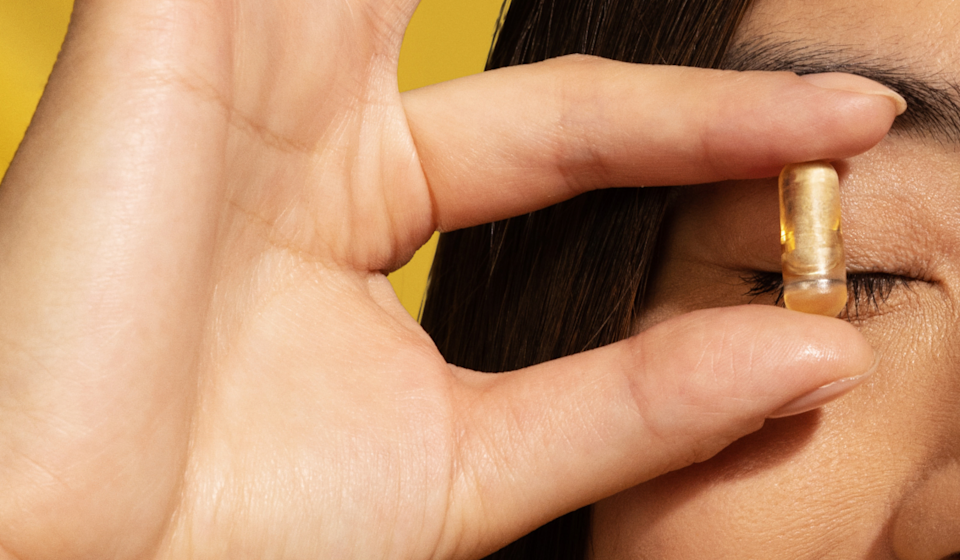Essential Takeaways
• Pregnancy milestones are worth paying attention to so you know what’s happening and when, what missed milestones could indicate issues, and when to plan for bringing a baby into the world.
• The first trimester is all about fertilization and early development of major organs, the second is focused on more rapid growth and development, and the third covers what’s needed for proper baby development and to live healthily outside of the uterus.
During pregnancy, milestones matter a whole lot. They’re how you can keep tabs on the stages of prenatal development, find out if any potential issues arise, and know when and how to plan for birth and the postpartum period.
Many of the major milestones of pregnancy happen on a weekly or trimester basis. A “full-term” pregnancy lasts between 39 weeks to 40 weeks and 6 days. Births are considered “preterm” if they happen before 37 weeks of pregnancy. (1)
This is where things get confusing (but also offer up good trivia fodder): Because there’s no way to know for certain exactly when conception happens, experts assume that pregnancies begin two weeks after the last menstrual period. That means that two weeks are counted before you’re even technically pregnant. So, by the earliest time pregnancy tests can tell you you’re pregnant—as soon as two weeks after ovulation—you’re already considered four weeks pregnant! (2)
Now, let’s talk about trimesters (aka the three stages of pregnancy):
• The first trimester starts from the first day of your last menstrual period through 13 weeks and 6 days of pregnancy.
• The second trimester goes from 14 weeks through 27 weeks and 6 days of pregnancy.
• The third trimester covers 28 weeks through 40 weeks and 6 days of pregnancy.










